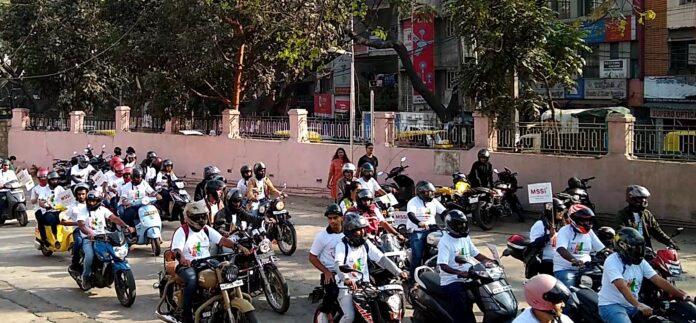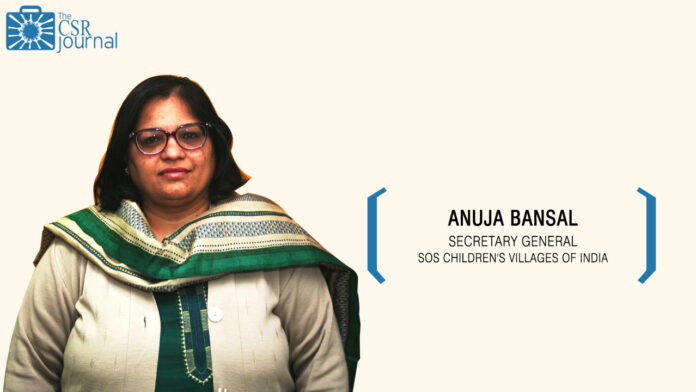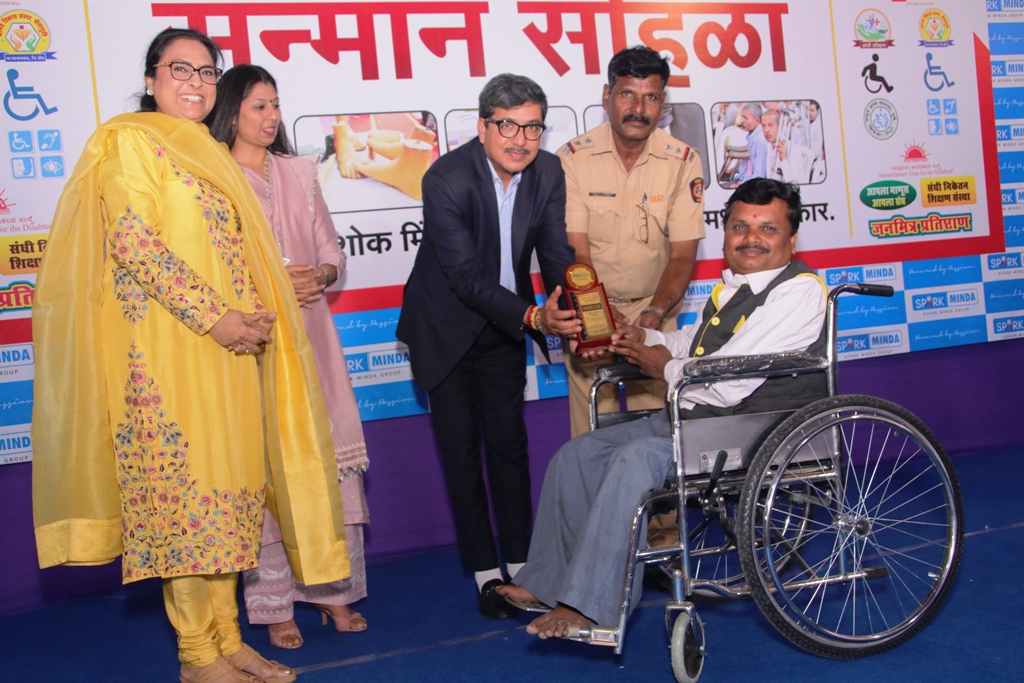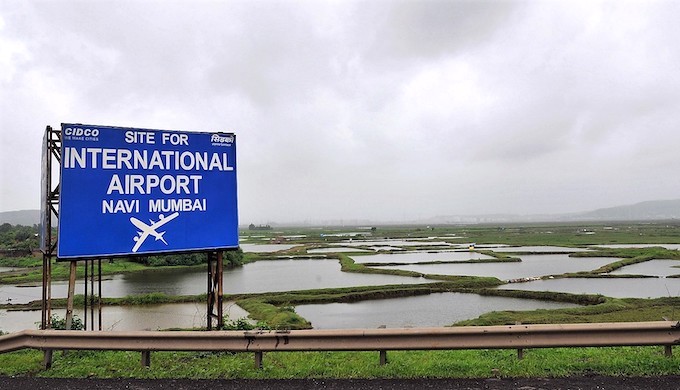While there may not a fixed definition to corporate social responsibility (CSR), it is fundamentally a belief that companies have certain social, environmental, and ethical responsibilities they need to address. Businesses must use their resources to solve real-world problems which impact not only their immediate environment and stakeholders but society in general. Among these stakeholders is the community in which the business operates. And when the government is unable to serve the needs of a community, and if it is not financially viable for the private sector to do so, social sector organizations step in to protect the interests of the community.
It cannot be denied that the social sector has played a crucial role in the implementation of major legislative changes, and in negotiating with the government on policy-driven interventions over the past several decades. However, the social sector’s potential to effect large-scale change or spearhead major development programs is often undercut by its inability to raise funds and due to a lack of organizational capabilities. This often has a direct, and less than the favourable impact on the overall impact of CSR programs and initiatives undertaken by corporates.
Although, the tide seems to be turning as the social sector is starting to undergo significant changes, with technology and corporate-like management practices being some of the key elements of this transformation. The following, then, are some of the key trends that the CSR space is expected to witness in 2019.
1. NGOs Will Adapt and Get Better at Working With the New Type of Funders – Corporates
NGOs and the social sector have traditionally collaborated with either government agencies or with international aid agencies. In recent years, the social sector has found new collaborators in multinational corporations and large Indian companies. These companies are partnering with non-government organizations (NGOs) to plan and execute their social responsibility initiatives in some of the most critical areas such as education, sanitation, healthcare, water sustainability, etc. Such collaborations also present the social sector with significant opportunities, as working alongside the corporate sector will not only provide them access to higher funds, but also the technological and intellectual resources they require.
Previously NGOs largely focused on the application process for the government or international aid. Alternatively, they raised funds from individuals such as wealthy donors and philanthropists by appealing to their softer, humane side. But now that corporate support, both financial and organizational, has become more critical for the social sector, NGOs need to make a strong business case for funding. Their proposals, therefore, will need to focus more on aspects like KPIs, impact, deliverables, adhering to timelines, along with doing diligent reporting. This is a new skill they need to learn. While some have already adapted to this changing landscape, the majority of the social sector will have to adapt to it as swiftly as possible to ensure that they translate their vision into reality, measurable outcomes.
2. Corporates Will Start Thinking of CSR as Another Pillar of Their Corporate Strategy, Instead of as Philanthropy
Sustainability issues and social responsibility have become a key consideration for business leaders and decision-makers in the corporate sector, in the last couple of years. Companies, therefore, are increasingly looking to integrate CSR as a mainstay for their managerial processes, decision-making, and overall strategy, with an aim to position themselves not just as philanthropic, but as socially responsible organizations. CSR is not a tax, but rather an investment towards building sustainable societies and businesses, and has significant positive impacts on the business. This is a fact CXOs are now beginning to realize; to quote the Strategy Head of a finance corporation, “We don’t need a CSR strategy, we need a corporate strategy that incorporates CSR.” Even the government’s stance is in tandem with the corporate sector’s position on CSR, with the Minister of State for Corporate Affairs, PP Chaudhary having recently said that CSR activities should be part of the long-term strategy of companies and should not be treated as ad hoc activities.
3. More Companies Will Comply and Engage in Long-term Partnerships With NGOs
To navigate the complex landscape of the social sector, companies need to build a body of knowledge pertaining to the development area they are operating in. NGOs operate in various sub-sectors such as environment, education, health, gender equality, etc. Each of these sub-sectors is different from the other and requires a specialist approach to deal with their unique set of challenges and issues. Moreover, since measurable impact takes longer to achieve, corporates will seek to engage in longer-term collaborations with NGOs to leverage their knowledge for greater on-ground impact.
4. For-Profit Social Ventures Will Emerge as a Major Force of Social Good
A number of for-profit ventures have emerged in the recent past that are tackling specific social issues through innovative products and services. For instance, there are women entrepreneurs manufacturing low-cost sanitary napkins and making them accessible to women in semi-rural and urban areas. Or a for-profit model to market a product that reduces carbon emissions from diesel generators. For-profit ventures are bringing better managerial and technical skills which social sectors need in order to address major issues. Moreover, these for-profit ventures are also aiding the corporate side, along with NGOs, to help them build and enforce effective organizational and governance models.
5. Technology and Innovation Will Play a Major Role in Addressing Structural Issues in the Social Sector
For the social sector, adopting technology can facilitate a much-needed departure from the traditional mode of operating, to a more agile, transparent, and efficient way. Technology can address the structural issues within the social sector through solutions that streamline the way organizations interact, create greater transparency, digitize and automate workflows, etc. At the same time, technology can enable corporates to collate, access, and analyze data, which can help decision-makers assess the consistency between the ethical values companies endorse and their actions supporting the same.
Source: Entrepreneur




















